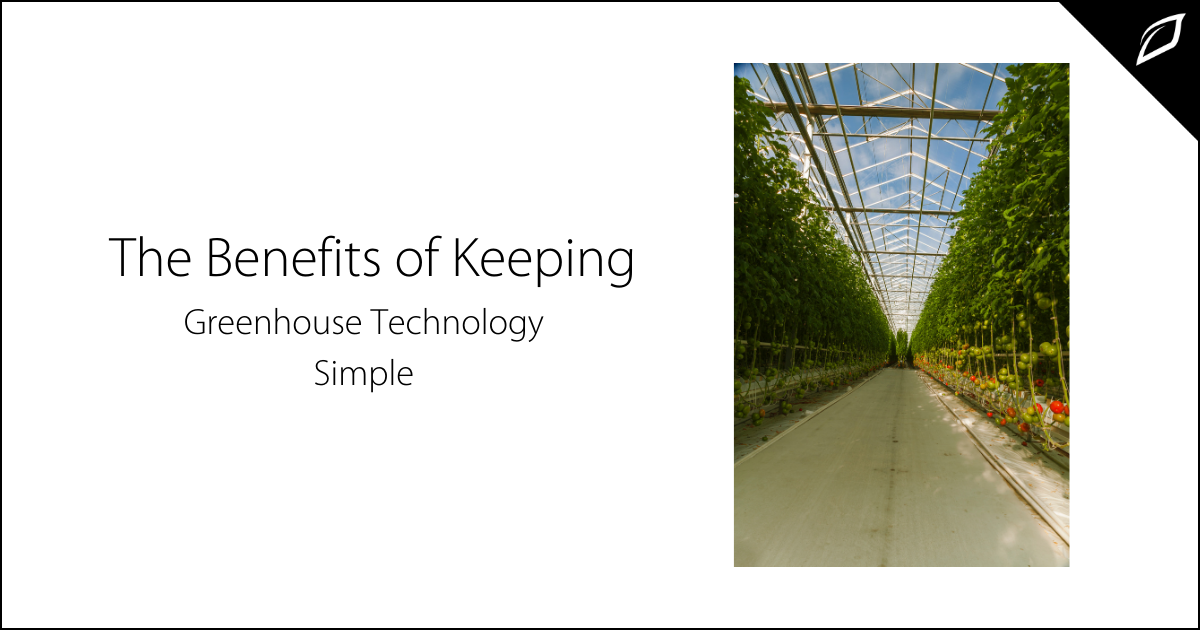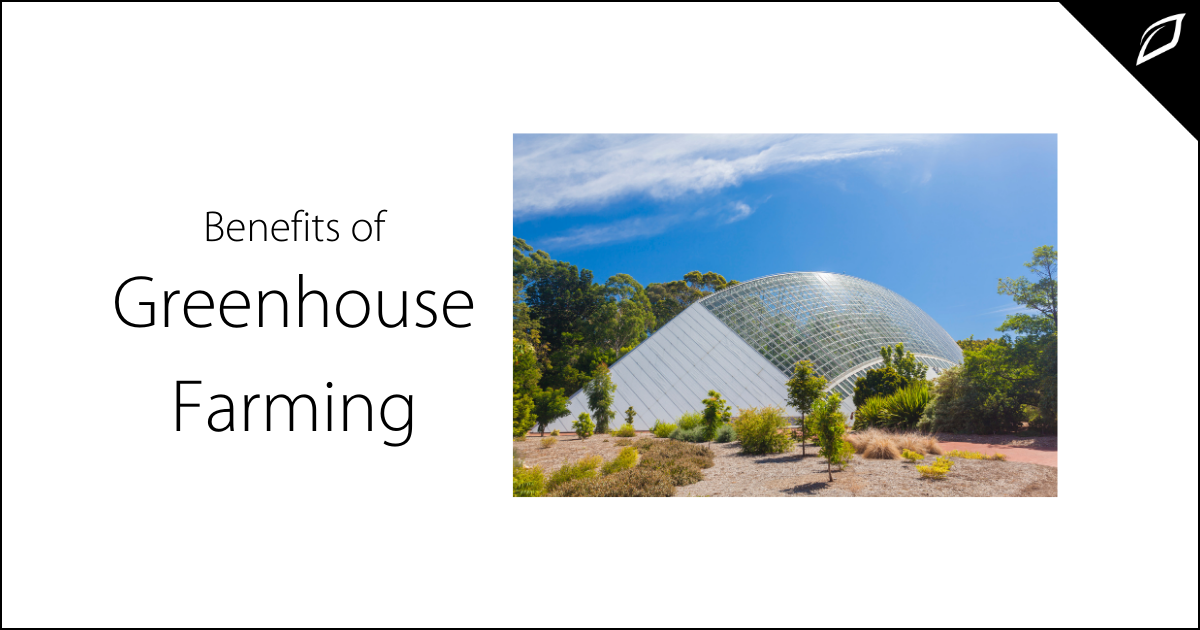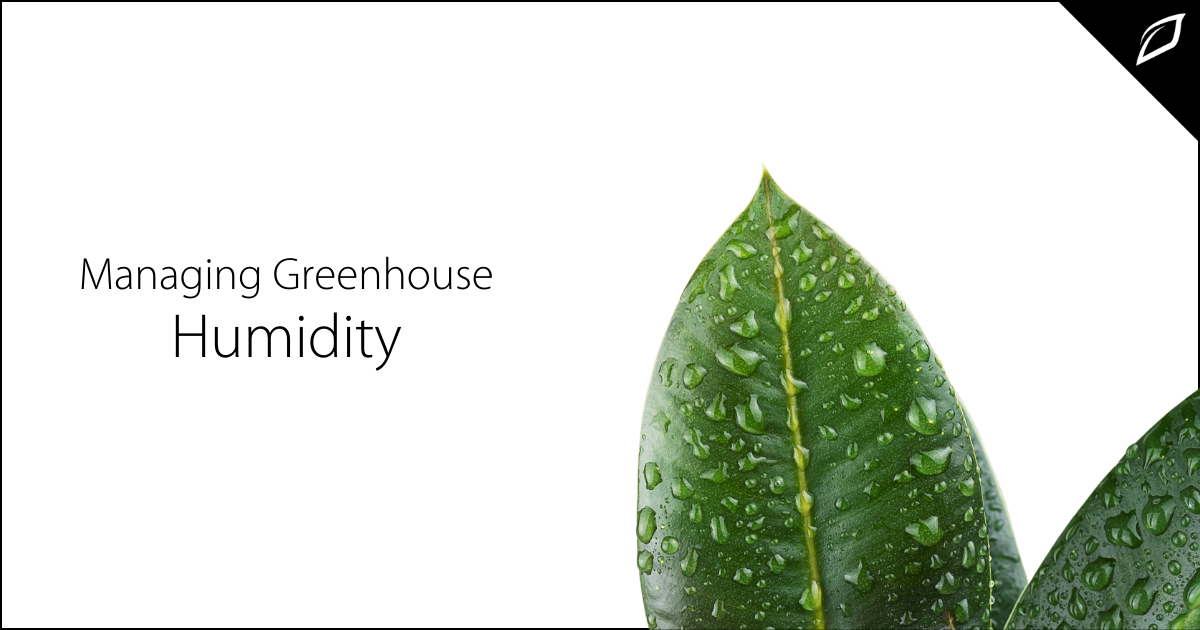Benefits of Greenhouse Farming
Greenhouse farming has been a part of our growing history worldwide since at least the Roman era. But evolving technology and climate change are...
2 min read
Brian Sparks - Greenhouse Grower Magazine : Nov 27, 2020 4:00:00 AM

Greenhouse equipment should be simple for the end-user. This was the topic of a blog post written earlier this year by Chris Higgins, General Manager and Co-owner of HortAmericas, a wholesale supply company. The main message offered by Higgins was that the most successful products should be easy to use, learn, operate, and maintain. Why does this matter? It affects how much money a grower can make, as smart purchases can lead to a better return on investment (ROI).
So how can this relatively simple concept carry out across the controlled-environment industry? Higgins tried to tackle this topic with three market experts during a webinar in October that was part of the Indoor Ag-Conversations webinar series. Joining Higgins were Nadia Sabeh, President and Founder of Dr. Greenhouse, an HVAC design company; Paul Brentlinger, President of Crop King Inc., a greenhouse manufacturer and hydroponic supply company; and Isaac Van Geest of Zwart Systems, an irrigation company.
Together, the group offered several thoughts on how growers can make sure they are smart in their equipment investments. Here are some of their top insights.


Greenhouse farming has been a part of our growing history worldwide since at least the Roman era. But evolving technology and climate change are...

The simple result of an enclosed growing space combined with focused sunlight is an ideal growing space. Humidity, however, can often be an enemy in...
.png)
Collecting data in your indoor grow, or greenhouse provides critical information that directly impacts your cultivation operation's success....